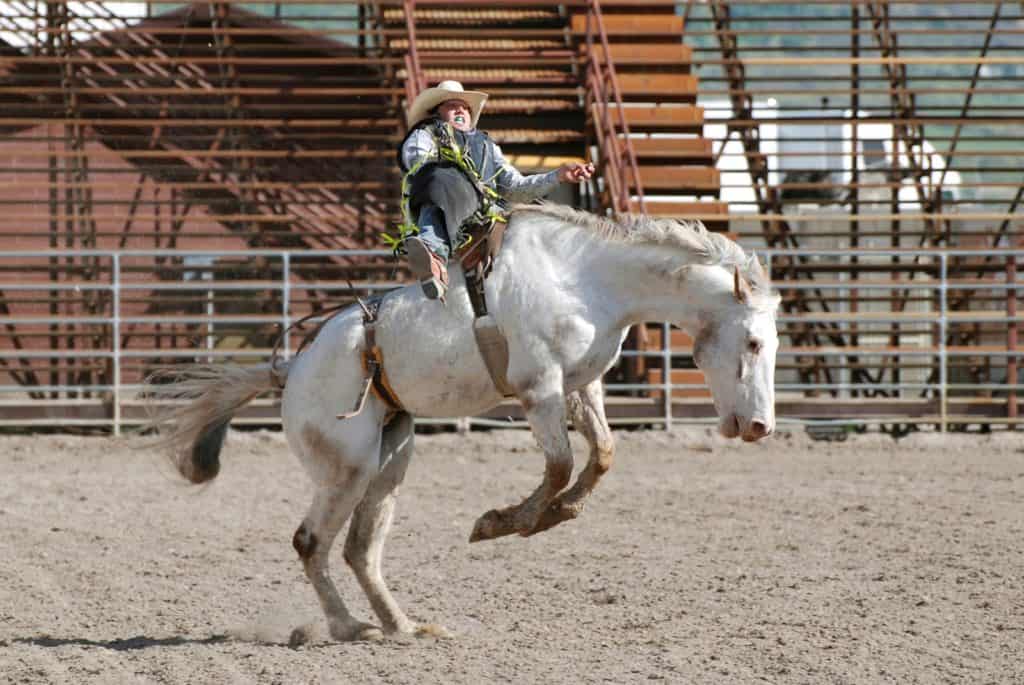
Diagnosing Foot Lameness in Horses: Take a Systematic Approach
A systematic approach to examining the equine foot can help veterinarians identify causes of lameness more quickly and accurately.

A systematic approach to examining the equine foot can help veterinarians identify causes of lameness more quickly and accurately.

Researchers found that both trained and untrained individuals can use a ridden horse ethogram to identify behaviors likely indicative of musculoskeletal pain, but being educated about the ethogram produces the best results.

An analgesic buffered with sodium bicarbonate alleviated lameness quicker and for a longer duration than an unbuffered one, researchers found.

Each horse responds to laminitis differently, so veterinarians must have a variety of pain-management options at their disposal.

Horses treated with lidocaine and epinephrine remained sound for longer and had decreased skin sensation compared to those that were blocked with lidocaine alone.

When it comes to putting equids such as mules and Miniature Horses under general anesthesia, veterinarians must factor in those animals’ physical and behavioral differences.

Learn more about the equine athletes that compete at rodeo events, the types of injuries they are prone to, and how veterinarians nurse them back to health.

Is your horse’s clumsiness a simple matter of long toes and uneven ground, or is a career-limiting condition to blame?

Attention to certain details during exams and careful consideration of test results can help a veterinarian arrive at a diagnosis, making way for an appropriate management.

Determining why a horse isn’t performing up to expectations can be a time-consuming and tedious process. One veterinarian shares how she approaches these cases.

Dr. Wes Sutter recaps studies on MRI for diagnosing hock problems, tieback surgery, evaluating suspensory ligament branch injuries, nerve blocks, and more.

Researchers recently identified a link between hind-limb lameness and coffin bone angles, which they said has not been previously described in horses.

Also known as “buttress foot,” this condition primarily affects horses with poor leg conformation in high-impact disciplines. A veterinary podiatry expert explains.

Researchers found no apparent link between previous surgery and catastrophic injury, but they did identify associations with medication use and lameness.

Researchers observed abnormally high heart rates and atypical heart beats in horses with atrial fibrillation, findings they said were surprising and scary.

A recent comparison of diagnosis and treatment of back pain in horses a decade apart has highlighted the way riders and veterinarians alike have evolved in their awareness and management of this condition.
Stay on top of the most recent Horse Health news with
"*" indicates required fields